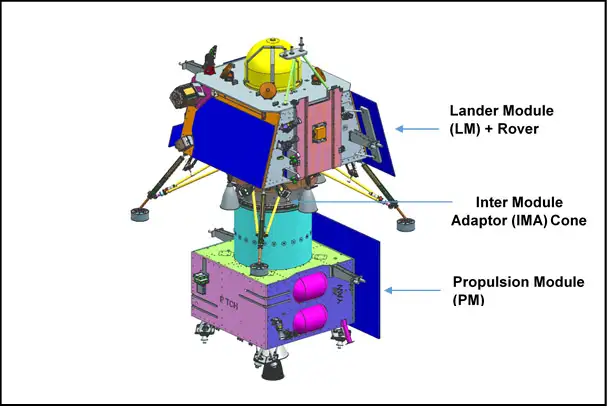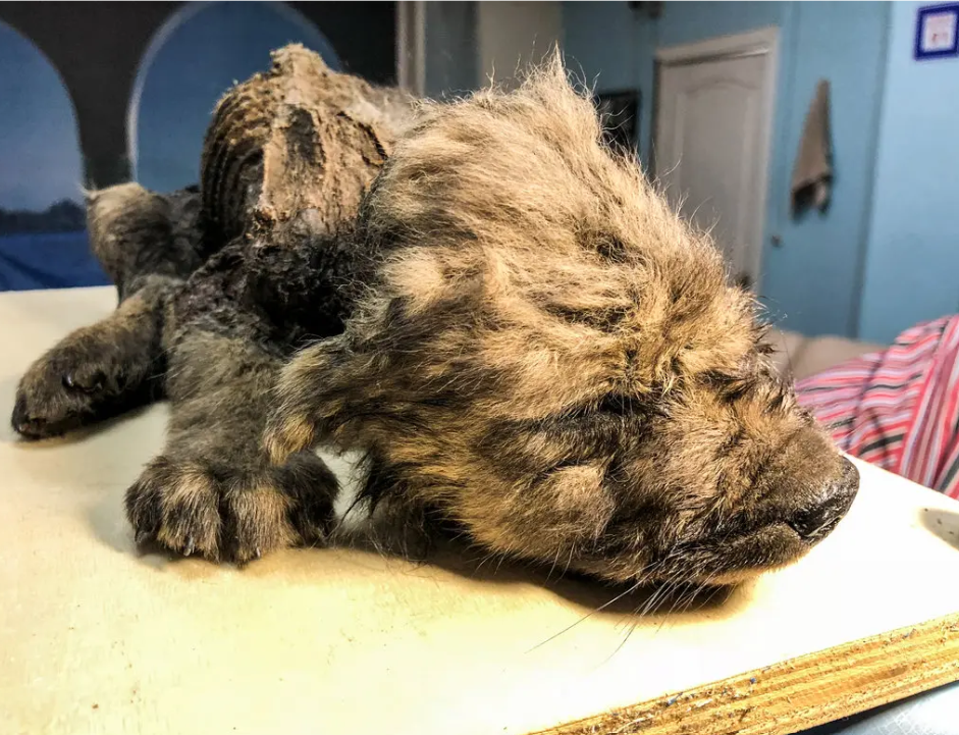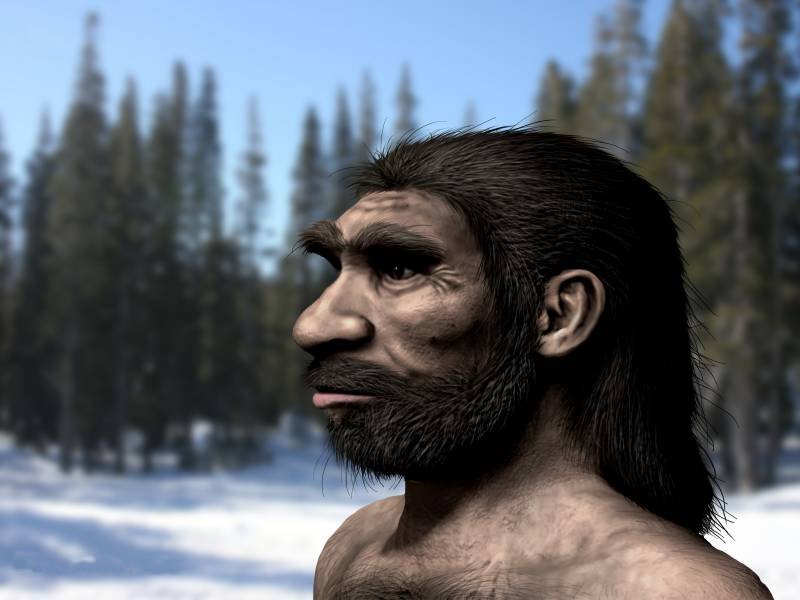Imagine a world where science never made a mistake. It sounds ideal, but would we have the same depth of understanding we enjoy today? Mistakes in science are often seen as blunders, yet they are pivotal in shaping our understanding of the world. They push the boundaries of knowledge and open new avenues for exploration. From misunderstood theories to failed experiments, these errors have taught us invaluable lessons. So, what happens when science gets it wrong? Let’s delve into the fascinating world of scientific missteps and the wisdom they impart.
The Beauty of Scientific Mistakes
Mistakes in science are not just errors; they are beautiful detours that lead to unexpected discoveries. Consider the story of penicillin, which was discovered by Alexander Fleming in 1928. It was an accidental find, resulting from a contaminated petri dish. This mistake led to the development of antibiotics, revolutionizing modern medicine. Such errors remind us that in the realm of science, a misstep can be a step forward. They teach us to embrace uncertainty and view mistakes as opportunities for growth and innovation.
Challenging Established Theories
Science thrives on questioning established beliefs. When new evidence contradicts old theories, it might seem like science has gone astray. However, this is an essential part of scientific progress. For instance, the geocentric model, which placed Earth at the center of the universe, was widely accepted until Copernicus proposed the heliocentric model. This shift was initially met with resistance, but it eventually led to a more accurate understanding of our solar system. Such challenges to existing theories are crucial for scientific advancement.
Learning from Failed Experiments
In the laboratory, experiments often don’t go as planned. Yet, these failures are not in vain. They provide insights into what doesn’t work, guiding researchers closer to the truth. Thomas Edison famously stated, “I have not failed. I’ve just found 10,000 ways that won’t work.” His persistence in the face of failure led to the invention of the practical electric light bulb. Failed experiments are stepping stones that pave the way for breakthroughs. They remind us that perseverance is key in the pursuit of knowledge.
The Role of Serendipity in Science
Serendipity plays a significant role in scientific discoveries. Sometimes, researchers stumble upon groundbreaking findings while investigating unrelated questions. The discovery of the microwave oven is a classic example. Percy Spencer, an engineer, noticed that a candy bar in his pocket melted while he was working on radar technology. This accidental observation led to the development of a new kitchen appliance. Serendipitous discoveries highlight the importance of keeping an open mind and being receptive to unexpected results.
Embracing Uncertainty

Science is not about absolute truths; it’s about reducing uncertainty. When science gets it wrong, it’s often because new evidence has emerged. This process of constant questioning and revision is what makes science robust. The theory of spontaneous generation, which suggested that life could arise from non-living matter, was debunked by Louis Pasteur’s experiments. This shift in understanding laid the groundwork for modern microbiology. Embracing uncertainty allows science to evolve and adapt to new information.
The Importance of Peer Review
Peer review is a critical component of the scientific process. It helps catch errors and ensures the credibility of research. However, even peer-reviewed studies can be flawed. The retraction of a study linking vaccines to autism is a prime example. Despite its initial publication, further scrutiny revealed methodological flaws. This incident underscores the importance of rigorous peer review and the need for transparency in scientific research. It also highlights the self-correcting nature of science.
Learning from Historical Blunders
History is replete with scientific blunders that offer valuable lessons. The phrenology craze in the 19th century, which claimed that skull shape could determine personality, is now considered pseudoscience. However, it spurred interest in studying the brain, ultimately leading to advances in neuroscience. Historical blunders remind us that science is a journey of discovery, not a destination. They teach us to question assumptions and remain open to new ideas.
The Impact of Technology on Science
Technological advancements have transformed the way science is conducted. However, they also introduce new challenges. The replication crisis in psychology, where many studies could not be reproduced, is partly due to over-reliance on statistical software. This has prompted a reevaluation of research methodologies. The intersection of technology and science is a double-edged sword, offering both opportunities and pitfalls. It emphasizes the need for critical thinking and methodological rigor.
The Human Element in Science

Science is a human endeavor, and as such, it is subject to human errors. Biases, assumptions, and oversights can lead to scientific missteps. The story of the Piltdown Man, a fossil hoax that misled the scientific community for decades, is a testament to this. It serves as a cautionary tale about the dangers of confirmation bias. Acknowledging the human element in science helps us strive for objectivity and fosters a culture of critical inquiry.
Conclusion: The Value of Scientific Missteps
When science gets it wrong, it doesn’t signify failure; rather, it signifies progress. Mistakes, challenges, and unexpected discoveries are integral to the scientific journey. They teach us to question, explore, and innovate. As we navigate the ever-evolving landscape of science, let us remember that errors are not setbacks but stepping stones. They remind us that the pursuit of knowledge is a continuous adventure, full of surprises and opportunities for growth. What will the next scientific misstep teach us?




